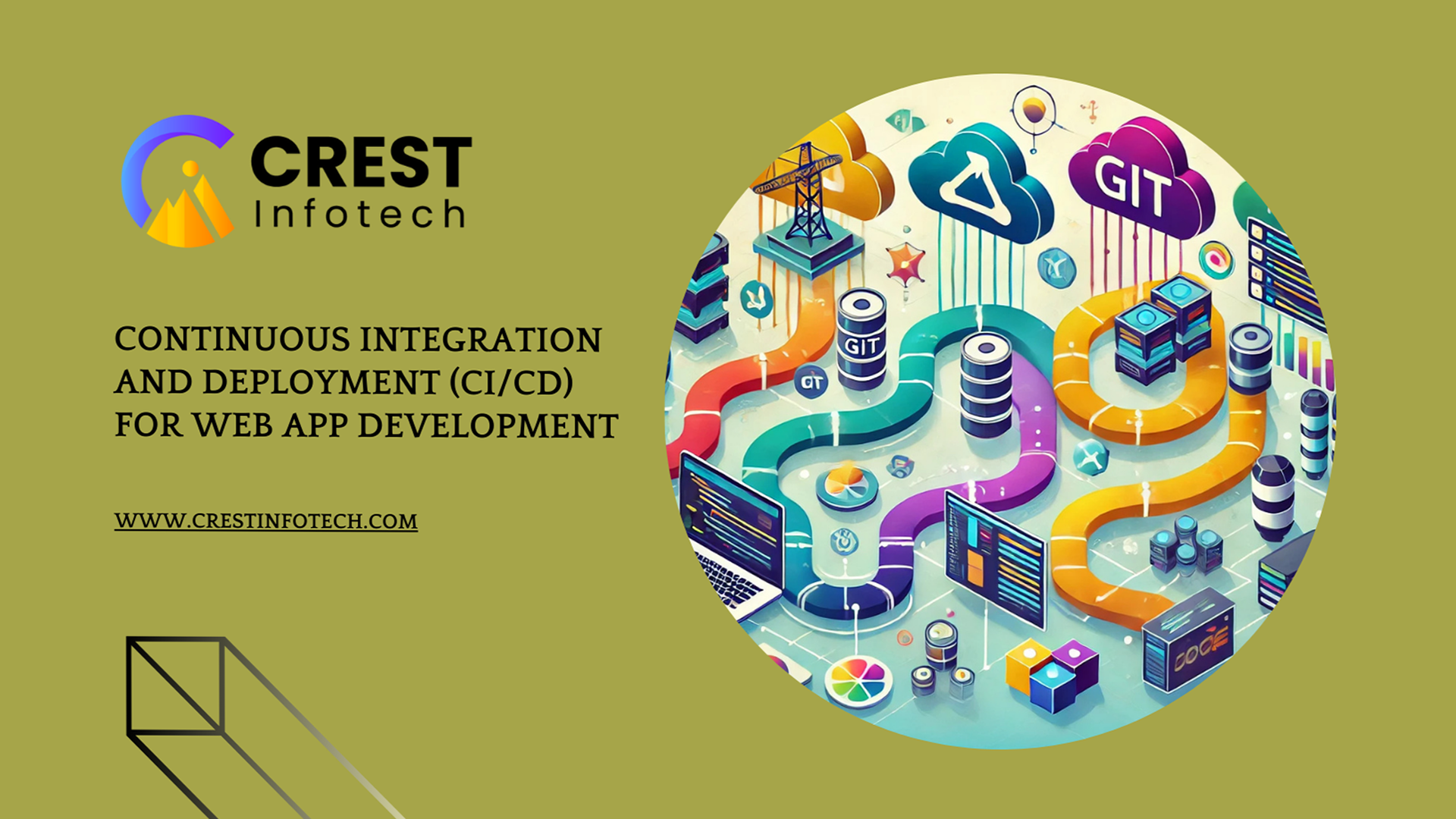What is Serverless Architecture?
Serverless architecture allows developers to build and deploy applications without the hassle of server management. Instead of provisioning, scaling, and maintaining servers, developers rely on cloud service providers like AWS Lambda, Google Cloud Functions, and Azure Functions to handle these tasks. This shift enables developers to focus solely on writing code and developing features, while the cloud provider takes care of the underlying infrastructure.
Key Benefits of Serverless Architecture
- Cost Efficiency
- One of the most significant advantages of serverless architecture is its cost efficiency. Traditional server hosting often involves paying for unused server capacity. In contrast, serverless platforms operate on a pay-as-you-go model, where you only pay for the actual compute time your code consumes. This approach reduces operational costs, especially for applications with variable or unpredictable workloads.
- Scalability
- Serverless architecture offers seamless scalability. Applications can automatically scale up or down in response to demand, ensuring optimal performance during traffic spikes without manual intervention. This capability is particularly beneficial for businesses experiencing rapid growth or seasonal fluctuations in traffic.
- Reduced Maintenance
- By offloading server management to cloud providers, developers can significantly reduce the time and effort spent on maintenance tasks. This reduction in operational overhead allows development teams to focus on innovation and delivering new features, accelerating the development lifecycle.
- Faster Time-to-Market
- Serverless architecture streamlines the development process by providing pre-built infrastructure and services. This ready-to-use environment speeds up deployment times, enabling businesses to bring their products to market faster and stay ahead of competitors.
- Enhanced Reliability and Security
- Leading serverless platforms offer robust security features and automated updates, ensuring applications are secure and up-to-date. Cloud providers also implement best practices for redundancy and fault tolerance, enhancing the reliability of serverless applications.
Use Cases for Serverless Architecture
- Microservices
- Serverless architecture is ideal for building microservices, where applications are composed of small, independent services that can be developed, deployed, and scaled individually. This modular approach enhances agility and simplifies maintenance.
- Event-Driven Applications
- Applications that respond to specific events, such as user actions, data changes, or scheduled tasks, benefit significantly from serverless architecture. Functions are triggered automatically in response to events, ensuring efficient and timely processing.
- APIs and Backend Services
- Serverless architecture is perfect for developing APIs and backend services. Developers can create scalable and cost-effective endpoints that handle HTTP requests, process data, and interact with other services without worrying about server management.
- Data Processing
- Serverless functions excel in handling data processing tasks, such as batch processing, ETL (extract, transform, load) operations, and real-time data analysis. The ability to scale resources dynamically ensures efficient processing of large data volumes.
Challenges and Considerations
While serverless architecture offers numerous benefits, it’s important to be aware of potential challenges:
- Cold Starts
- Serverless functions can experience latency during initial execution, known as cold starts. While cloud providers continuously work on minimizing this delay, it remains a consideration for latency-sensitive applications.
- Vendor Lock-In
- Relying heavily on a specific cloud provider’s serverless platform can lead to vendor lock-in. Migrating to another provider may require significant effort and reconfiguration.
- Complexity in Monitoring and Debugging
- Serverless applications can be more challenging to monitor and debug compared to traditional architectures. Developers need to use specialized tools and practices to gain visibility into serverless environments.
Conclusion
Serverless architecture is revolutionizing web development in 2024 by offering cost-efficient, scalable, and agile solutions. As more businesses recognize its potential, the adoption of serverless platforms is set to rise, driving innovation and transforming how applications are built and deployed. By leveraging serverless architecture, developers can focus on creating high-quality, feature-rich applications while leaving the complexities of server management to cloud providers. The future of web development is undoubtedly serverless, promising a more efficient and dynamic digital landscape



